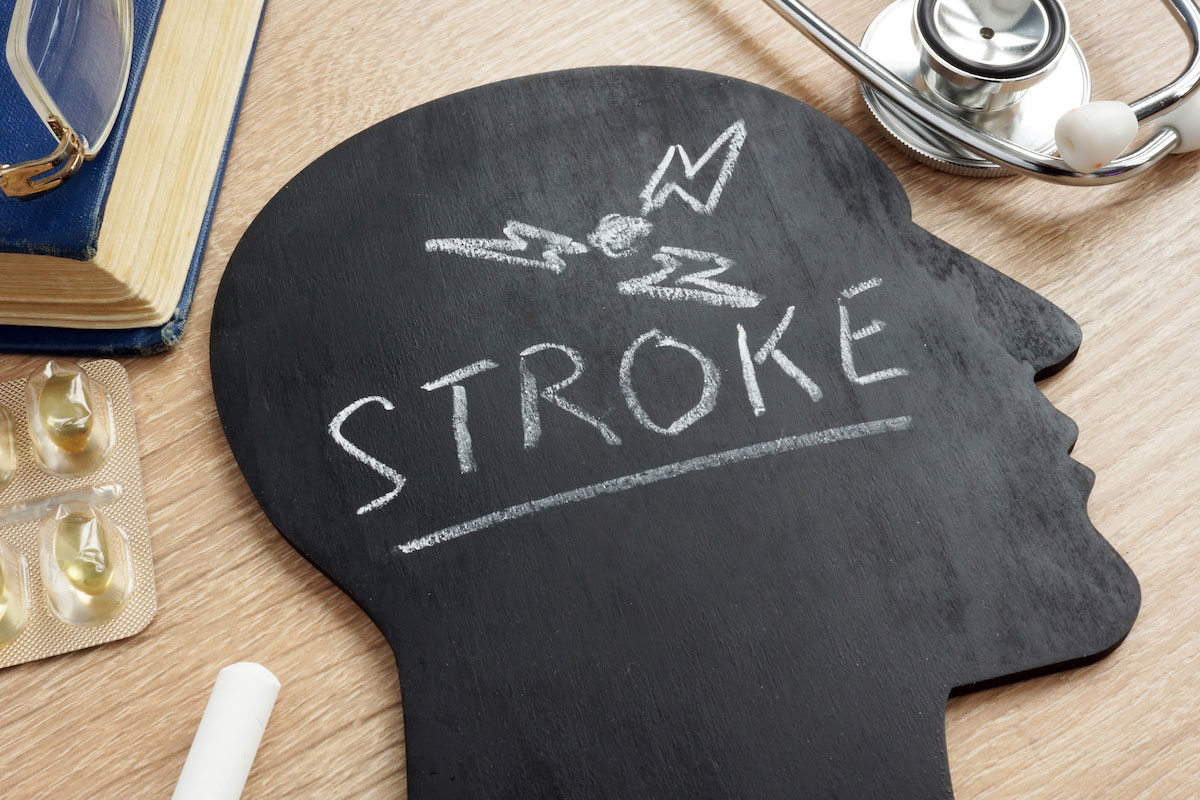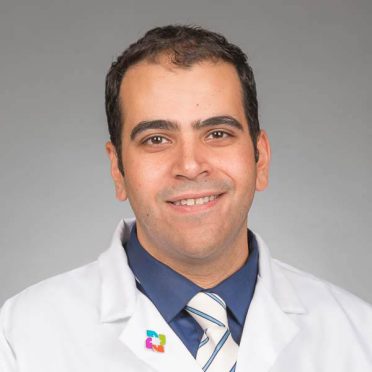Stroke, a leading cause of death in the United States, causes more serious long-term disabilities than any other disease. Stroke risk more than doubles each decade after age 55, according the the National Institute of Neurological Disorders and Stroke.
Here’s more from Dr. Amre Nouh, director of the Stroke Center at Hartford Hospital:
Q. First, what are the signs and symptoms of a stroke? We’ve heard about “Fast,” but what does that mean?
A. A stroke typically presents as sudden onset numbness or weakness on one side, slurring of speech language difficulties such as problems with comprehension or verbal output or some visual loss. A good we are to remember would be using the word “fast.”
F is for facial weakness or an asymmetric smile.
A is for arm weakness or drifting down the arm.
S is for speech either slurring of the speech or inability to speak or understand.
T is for time, which is critical because time is brain and patient should be immediately rushed to the hospital.
How to Tell You’re at Risk for a Stroke
Q. What are the treatment options available at the Ayer Neuroscience Institute at Hartford HealthCare?
A. At Hartford Hospital, we have all the treatments for stroke patients. Eligible patients with ischemic strokes can receive IV TPA, a clot-busting medicine, and some may benefit from mechanical thrombectomy using an endovascular catheter. Patients with brain bleeds or ruptured aneurysms requiring surgical intervention can receive 24/7 neurosurgical care. We have a dedicated stroke unit and neuro ICU which best suits our patients providing excellent nursing care optimizing outcome.
Q. What are some of the newer clinical trials offered to patients?
A. Current trials include using TPA for minor strokes, use of anticoagulation for secondary stroke prevention and studies evaluating post-stroke depression and fatigue.
For more information on the Hartford HealthCare Ayer Neuroscience Stroke Center, click here.



